China’s warship strength leaves Australia completely exposed
Beijing is not only continuing to grow its economy – it’s also focusing on another key area which leaves Australia completely exposed.
In the 1987 film Empire Of The Sun, set in WWII-era China, part of the filming was done on location in Shanghai. The film recreated the scenes of the chaos of the evacuation of foreign citizens when the Japanese attacked the city, on some of the very same streets on which they historically occurred.
Despite more than 40 years passing between the historical event and the filming of the movie, Shanghai was still undeveloped enough to pass for its former self.
Yet just a few decades later if you were to try to recreate these scenes, the backdrop would be filled with the city skyline in all directions as far as the eye can see.
Such has been China’s meteoric rise as a global economic superpower.
RELATED: South China Sea at boiling point
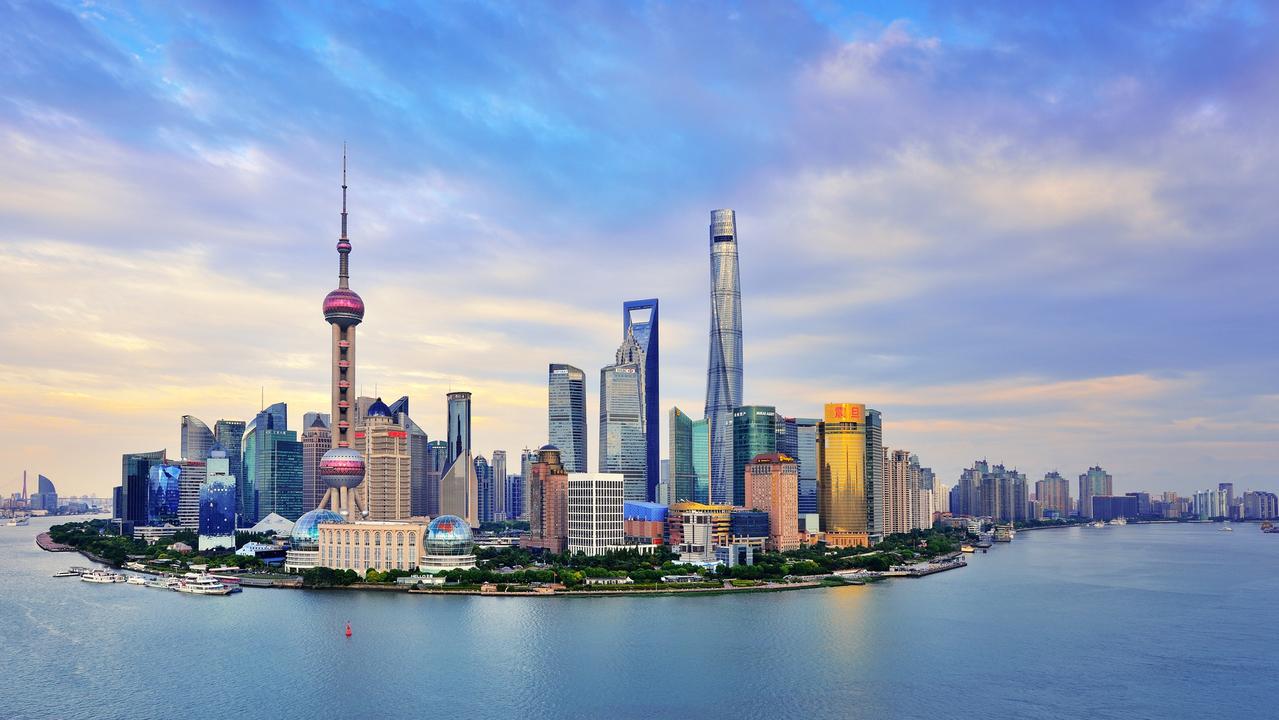
In recent years, Beijing’s attention has turned not only to continuing to grow its economy, but also to an enormous build-up of its military strength.
From the eyebrow-raising missiles that the Chinese press has dubbed “aircraft carrier killers” to the Chinese navy’s own operation of multiple large super carriers, Beijing has increasingly shown itself to be a very well-armed strategic rival.
As it stands, according to figures from the US Office of Naval Intelligence, purely in terms of hull numbers (combat capable ships) the People’s Liberation Army Navy (aka the Chinese Navy) already outnumbers the United States Navy.
But it is important to keep in mind that on average Chinese navy vessels are far less capable than their American counterparts, and some are older Soviet-era vessels with quite limited capabilities.
RELATED: Ready for war: China’s 2021 master plan
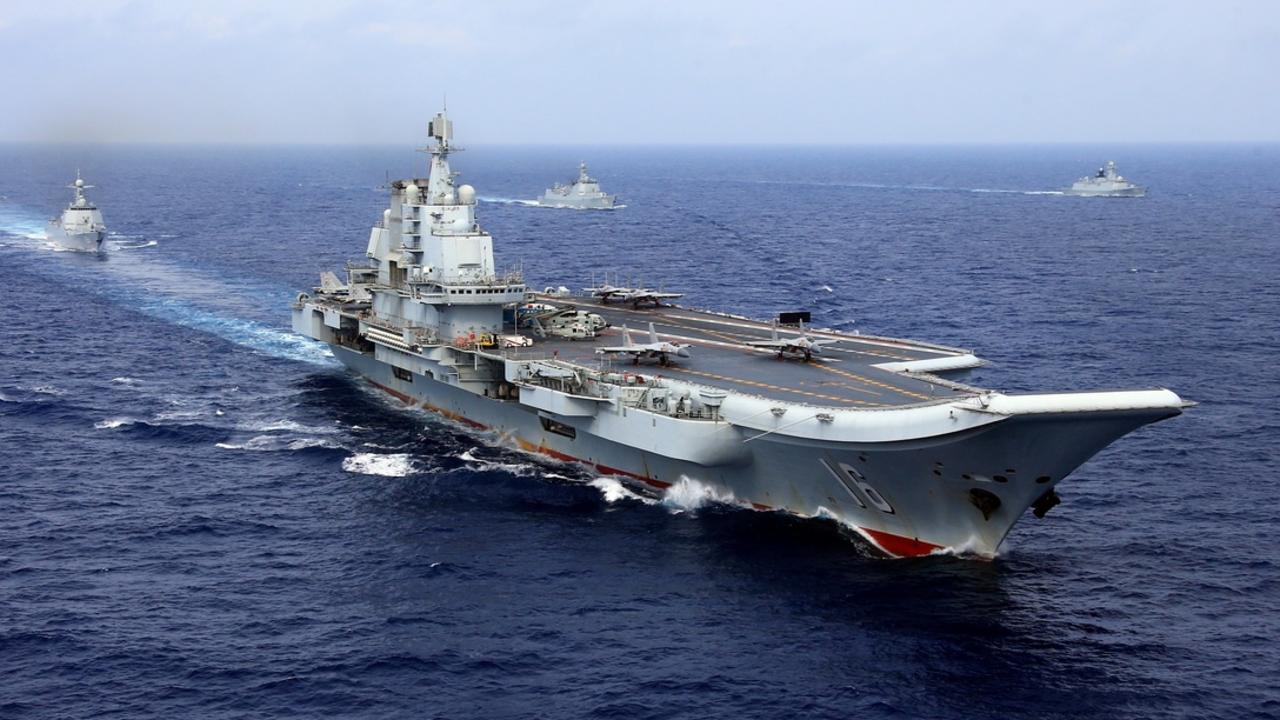
According to a well-respected insider in the Chinese language military watching community with a reputation for making accurate procurement forecasts, the Chinese Navy is set for a large build-up in its warship strength.
While the procurement list includes multiple warship classes under development, with unspecified figures of how many may be built, the list of those that have apparently been assigned specific build targets is immense.
The naval build-up is expected to include at least one super carrier, eight destroyers, 20 frigates and five large amphibious assault ships which can act as aircraft carriers, all to be in production or in the water in the next five years.
To put the size of this force into perspective, it’s more than twice the size of the entire Royal Australian Navy surface fleet. It’s larger than the surface fleet of Britain’s Royal Navy.
RELATED: China’s new strategy a disaster for Australia
Just these ships to be built or under construction in the next five years, would even give the naval might of Vladimir Putin’s Russia a run for its money.
While the naval strength of the United States and its allies in the Asia Pacific would still vastly outweigh that of the Chinese Navy if this scenario were to come to pass, the ongoing explosive growth in Beijing’s military capabilities and the scale of its forces cannot be ignored.
Once upon a time a successful Chinese invasion of Taiwan was a pipe dream, a more or less strategic impossibility for Beijing to achieve. Today an invasion would be an extremely risky gamble, which would be costly and could potentially end in disaster.
However, as China’s naval and amphibious warfare capabilities continue to grow, it’s arguably more possible with each passing year.
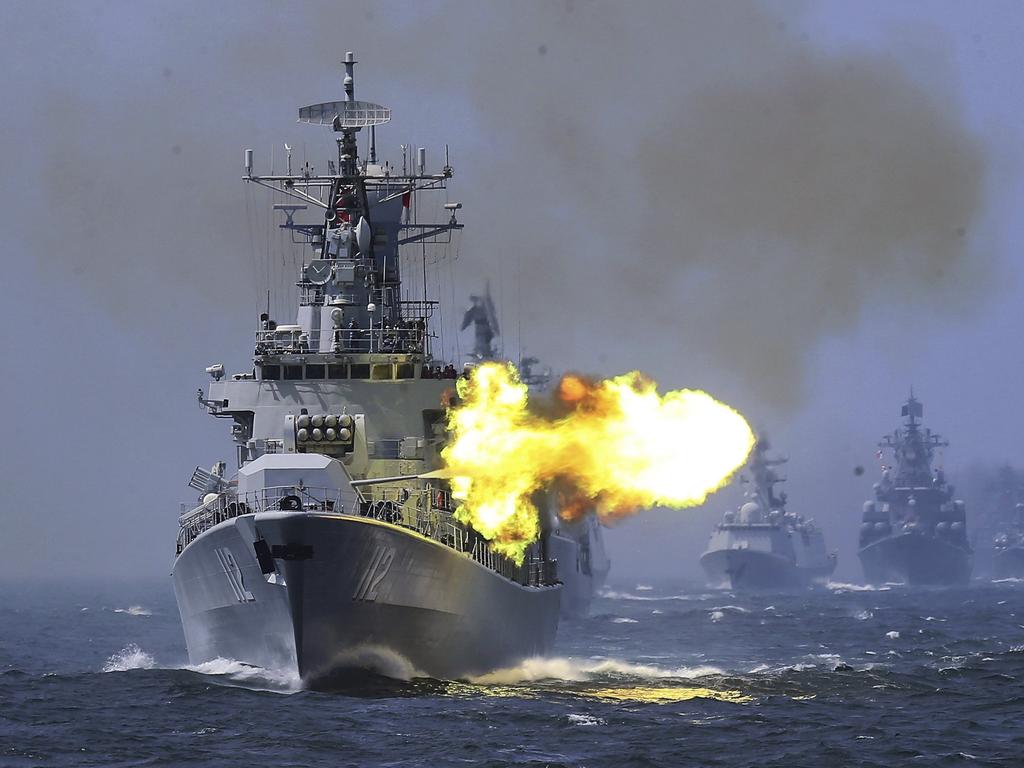
For the first time since WWII began in the Pacific, the world’s reigning superpower faces the rise of a nation with naval power that rivals its own in a meaningful way.
As China’s military and economic power continues to grow, this is leading the world into what some historians and geopolitical analysts have called Thucydides trap, named after an ancient Athenian general.
Simply put, as an emerging power threatens to displace an existing great power as the world’s foremost superpower, there is seemingly a tendency for this to result in war.
According to a study conducted by political scientist and Harvard Professor Graham T. Allison, who coined the term Thucydides trap, in 16 historical instances where an emerging power rivalled a ruling power, 12 ended in war.
There are a number of counterarguments to the Thucydides trap theory. But perhaps the most notable one is based on the high levels of economic interdependence between the US and China, and how a hot war between the two nations would likely be devastating for both sides.
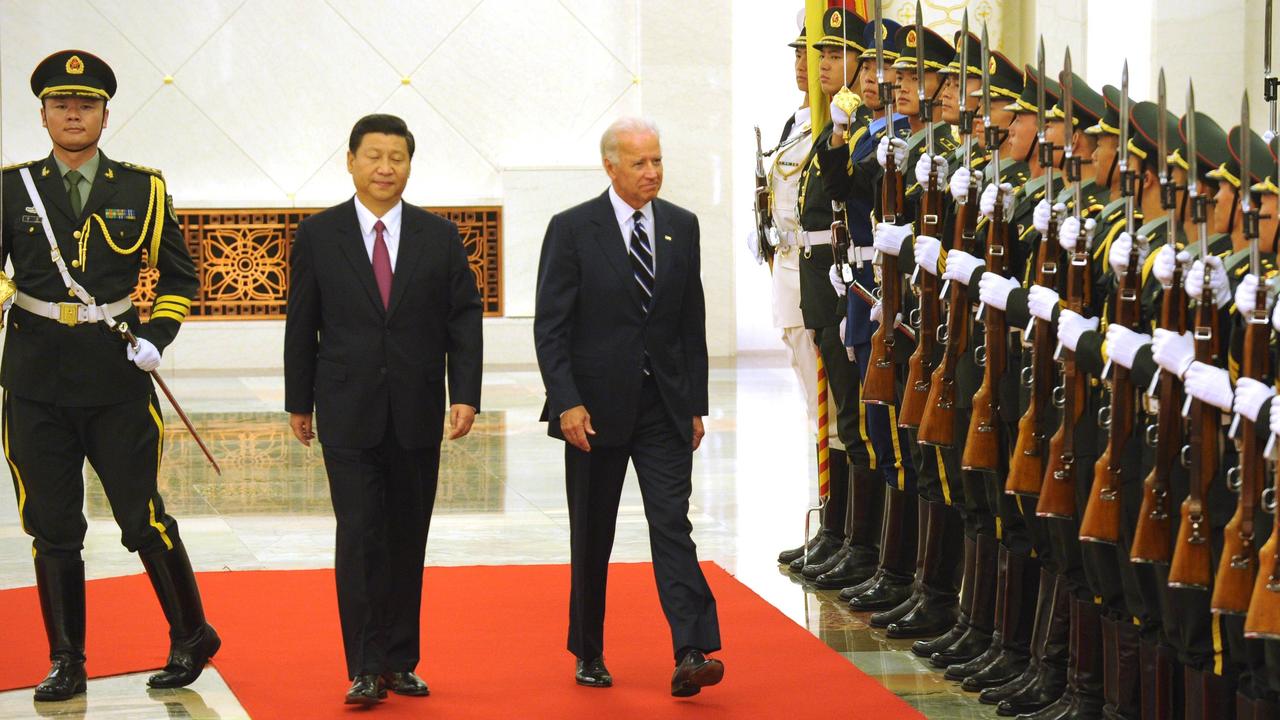
The ongoing expansion of Beijing’s military capabilities has not gone unnoticed in Tokyo. A top Japanese defence official recently urged President Joe Biden to “be strong” in supporting Taiwan and called Taiwan’s safety a “red line” for Tokyo.
With tensions running high with Beijing across much of the Indo-Pacific region, from the Himalayas to the East China Sea, it’s clear why the proposed alliance dubbed ‘The Quad’, between the US, Australia, India and Japan has swiftly risen into consideration.
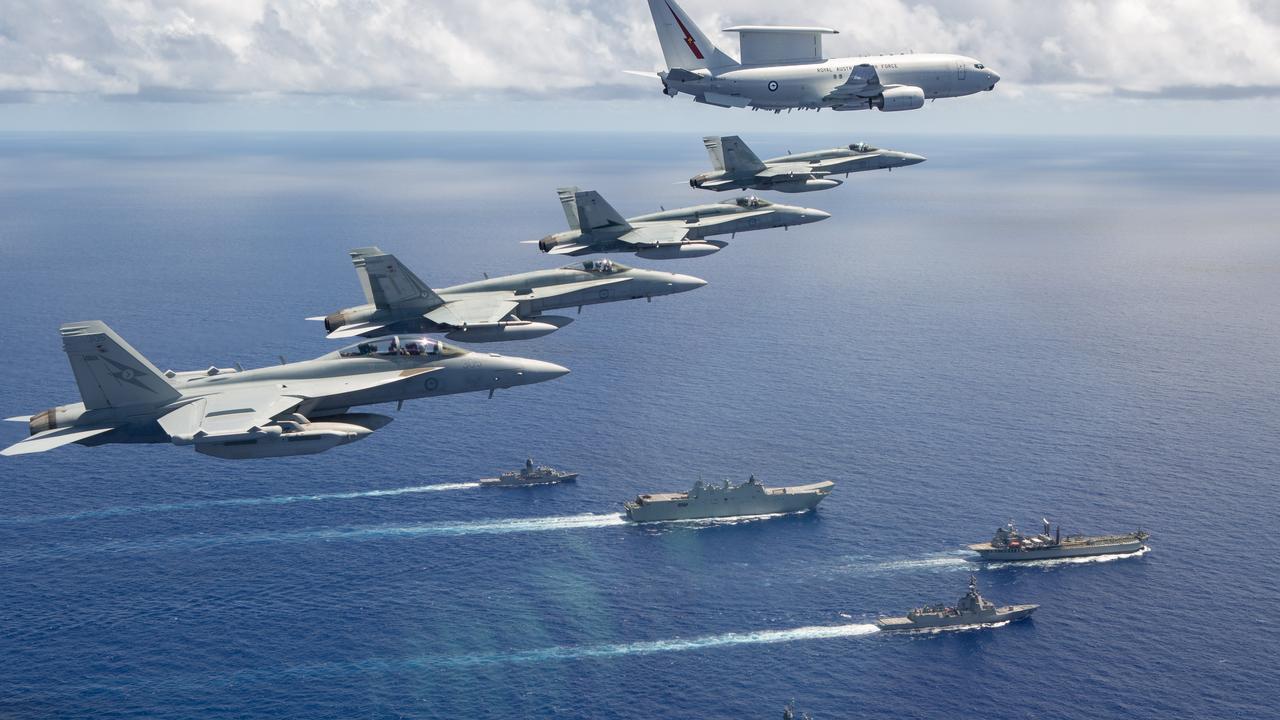
As Beijing expands its naval capabilities at a furious pace, this arms build-up is not going to go unaddressed by China’s rivals and neighbours.
Some will turn to military alliance building through mechanisms like the Quad to safeguard their security. Others will build their own military forces to deter Chinese aggressive actions, as Taiwan is significantly doing at the moment.
As Washington and Beijing stare each other down over the vastness of the Pacific, the world’s two superpowers are more evenly matched rivals economically than the Soviet Union and the United States ever were.
Now as China translates its economic might into military capabilities, the US faces its strongest naval rival since the super battleships of the Imperial Japanese Navy were roaming the seas in WWII.
What that means for the region and the world remains anyone’s guess, but in five years’ time when the enormous shipbuilding blitz is nearing completion, the balance of power in the Pacific may look quite different to what it does today.
Tarric Brooker is a freelance journalist and social commentator | @AvidCommentator




